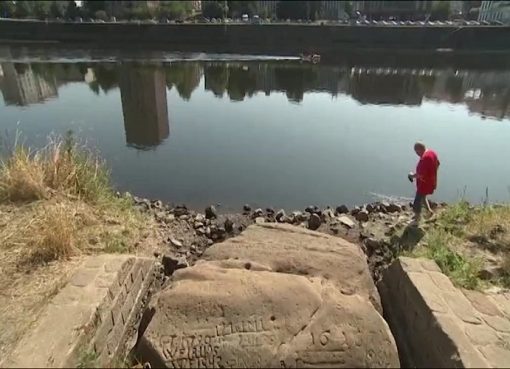In the world of environmental testing, numerous systems can complement traditional due diligence to produce the most accurate data for clients. One method that deserves more attention is Geographic Informational Systems (GIS) technology, which offers a relatively cost-effective way to optimize testing quality control by comparing geospatial analysis to sampling data in the lab. While GIS is a widely accepted tool in environmental sciences, oil and gas, municipal agencies, and other industries, the system has yet to be regularly deployed in the environmental testing sector.


A GIS is a computer framework that gathers, stores, and analyzes geographical data relating to positions on the Earth’s surface. These stored data points can help users better understand spatial patterns and relationships that can be useful in specifics areas of interest, such as topological modeling, slope and aspect, hydrological representation, and multi-criteria decision analysis. For reporting and presentation purposes, the data can be visually organized in layers using maps and other display formats.
Real estate developers, engineers, energy companies, state and local governments, the military, and others who must confirm a tract’s suitability for specified project requirements often rely on environmental geotechnical testing to identify previous site activity that is not visible to the naked eye, or to document the tract’s geological and development history. Using even a basic GIS technology like Google Earth, we can provide historical imagery dating back two decades, making it easy to visualize how a site has evolved over time, as well as the impact of natural or man-made occurrences, as seen in these four progressive satellite images showing how development transformed the terrain in Sugar Land, Texas, between 2002 and 2019. An analysis of these images could indicate the need for specific types of testing in certain areas or modifications to a proposed project, providing the client with valuable information at low additional cost.

For more complex needs like determining terrain stability, sophisticated GIS systems such as Interferometric Synthetic Aperture Radar (InSAR), which measures satellite radar signals to detect land displacements, can yield critical information about events that may have compromised a site’s terrain stability. InSar can also mitigate ongoing risk by monitoring for potentially damaging geohazards throughout the life of the project.
GIS imagery offers a reliable way for environmental testing labs to validate findings in soils, hydrology, and vegetation made in field samplings. Additionally, data results in the lab should be consistent across the spectrum of testing and conform with the historical activity or site characteristics revealed in geospatial imagery. For example, in a Dry Sieve Analysis, if the calculated values of samples obtained in the field indicate 20 percent graveI but the soil description is fine sand, there is likely an error in the procedure. When I detect a miscorrelation between the values in data calculations and the normal range of a sample’s qualifying characteristics, geospatial imagery may point to information that indicates a mistake in the calculations or data recording. Undetected, that mistake will compromise an analyst’s findings and produce erroneous results that could ultimately jeopardize a project.

In my environmental consulting experience, when conducting tests for Free Product Mobility, Hydraulic Conductivity, or Moisture Content, I add an extra layer of quality security by using geospatial imagery to verify a site’s fluvial activity over time. When GIS photos combined with FEMA data show no fluvial factors that might contribute to the moisture content of the soil, in correlation with appropriate soil lithology, I can speculate that the results of a Moisture Content test will be low, so any test values that are inconsistent will warrant further investigation. Among other applications, I have also used historical imagery obtained through Google Earth Pro to document vegetation on a specific site, visualizing the progression from clearance to regrowth and subsequent clearance, grading, and preparation for construction over an 18-month period.
Environmental testing as an industry is nearly 100 years old, and many of the traditional internal and external Quality Assurance (QA) procedures in use by labs today have been standardized over the past few decades. Perhaps because these well-developed testing and QA processes are still used successfully, many environmental testing laboratories have been slow to add GIS to their quality control toolkits. However, my experience has shown that innovative, low-cost GIS techniques add value for the client and benefits for the lab. Utilizing geospatial analysis for applied capability testing can only result in enhanced security measures of data analysis. Since GIS is cost-effective, precise, and accessible, this technology should now be part of any environmental testing quality control protocol.
Source: csengineermag










